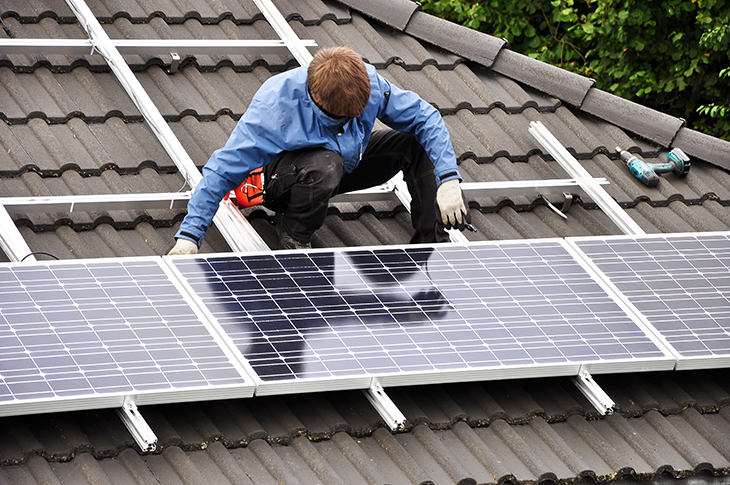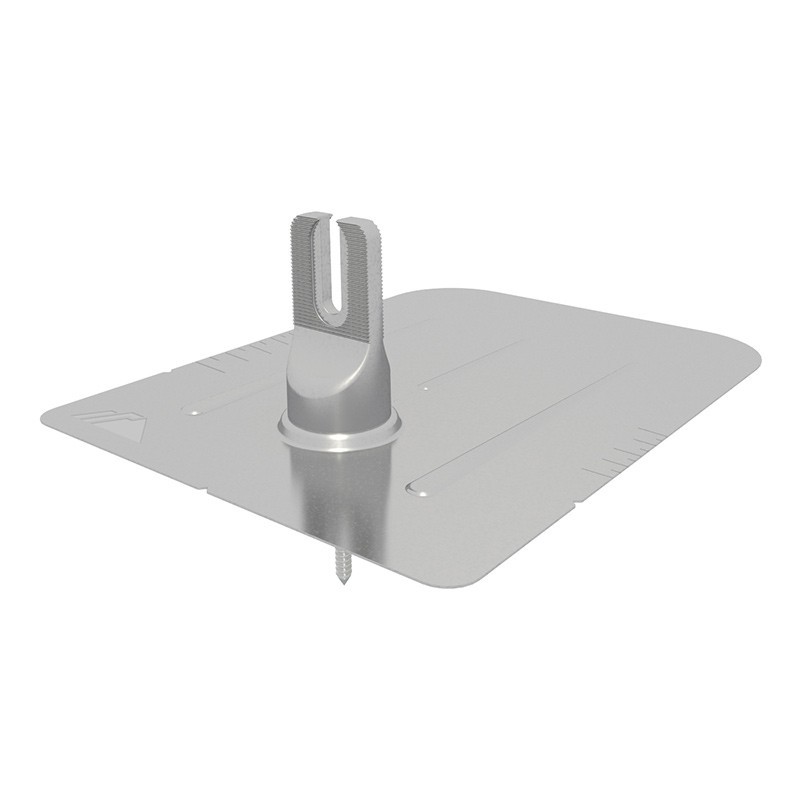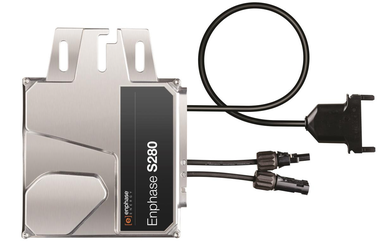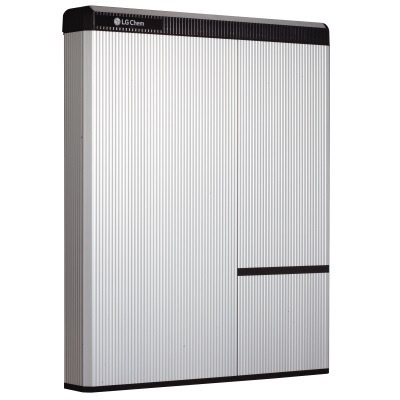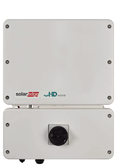 Loading... Please wait...
Loading... Please wait...- Home
- Solaris Blog
- DIY Solar Installations Made Easy
Products
- Solar Panels
- Solar Panel Kits
- Solar Generators
- Inverters
- Inverter Monitoring
- Inverter Accessories
- Balance of Systems
- Racking and Mounting
- Rails
- Flashings
- Splice Kits
- Stopper Sleeves
- Conduit Mounts
- Attachments
- Brace Assembly
- Base Mount
- Brackets
- Bolts
- Clamps
- Caps
- L-Feet
- Washers
- Skirt
- Lugs
- Tilt Legs
- Hooks
- Stand-Offs
- Ballast Bay
- Top of Pole Mount
- Side of Pole Mount
- Flush Mount Kits
- Ground Mount Kits
- Roof Mount Kits
- Hardware Packages
- Wire Management
- Batteries
- Battery Accessories
- Charge Controllers
- Tools and Supplies
- View All Products
DIY Solar Installations Made Easy
Posted by Brandi Casey on 24th May 2017
Many solar installation industries have reported a loss in
solar installations, including the current leader SolarCity. This has caused
only minor concern in the solar industry due to the fact that while solar installations
have decreased from a company standpoint, residential installations have
continued to increase year after year. This provides a strong signal that many
people are moving towards DIY installations. This change is due to many
industry changes to technology from racking to solar panels that have made the
physical installation process easier for home and business owners. DIY
installations have the potential to save the homeowner a great deal in startup
costs and increase the ROI period. For those who are interested in completing
their own systems, check out our list of top manufacturers who have made a
positive change in the DIY process.
Racking
IronRidge made two major changes to their racking
components, the UFO and Flashfoot 2 series; both of which decrease the number
of components needed to complete a racking system. The UFO series specifically
features integrated grounding which makes the system both safer and more energy
efficient. While the Flashfoot 2 series uses new technology to ensure complete
enclosure of the drilling point to ensure that there is no possibility of water
leaking at the attachment point. It was also the first to undergo the
industries harshest weather testing conditions and passed with flying colors.
Microinverters
Microinverters have been rising in popularity particularly over the last five years. The small inverters are installed either on the back of each of the solar panels in your array or on every two. The inverters are installed with trunk cables specifically designed for the system from their respective companies and can save a great deal of time and energy in system sizing and completing wiring diagrams. Microinverters can also save time and money in future expansions of the system due to their installation process, and typically have longer warranty periods than leading string inverters. The leading manufacturer of microinverters is Enphase Energy who produces both single panel and dual panel microinverters, while APsystems produces only dual panel microinverters.
Batteries
With Tesla’s first lithium ion battery being a flop, many
home and business owners were disappointed when they could not get their hands
on one or more of the batteries. However, their high reaching goals reached
many in the solar industry and inspired companies such as Enphase Energy and LG Chem to produce their own lithium ion battery. The battery banks provide enough
energy in a single battery with a longer lifetime expectancy than current
multi-battery AGM, flooded or sealed gel batteries, and with the added benefit
of little to no maintenance. The single battery system takes homeowners one
step further in complete energy independence with little planning or space
needed to maintain the system.
Solar Panels
Canadian Solar, SolarWorld, Hanwha QCells and Trina Solar
have all made great leaps in ensuring that homeowners from all climates and
environmental conditions can have high efficiency panels even in low irradiance
conditions. The ground-breaking technology was first introduced into the market
by Canadian Solar and opened a new window of opportunity to many home and
business owners across the United States. Furthermore, we have seen a great
deal of increase in the high-watt panel field. Higher watt panels are not only
high if not higher efficiency, but now come at a much lower cost per panel and
require less panels to complete the system.
These are just a few of the new technologies that have hit the solar market that have helped home and business owners in DIY installations. SolarEdge has recently introduced their HD wave series that is smaller, and more efficient than current string inverters on the market. With new technologies hitting the market on a frequent basis a more DIY friendly environment will be created and ensure that solar costs decrease and society can move forward to a more renewable future.


